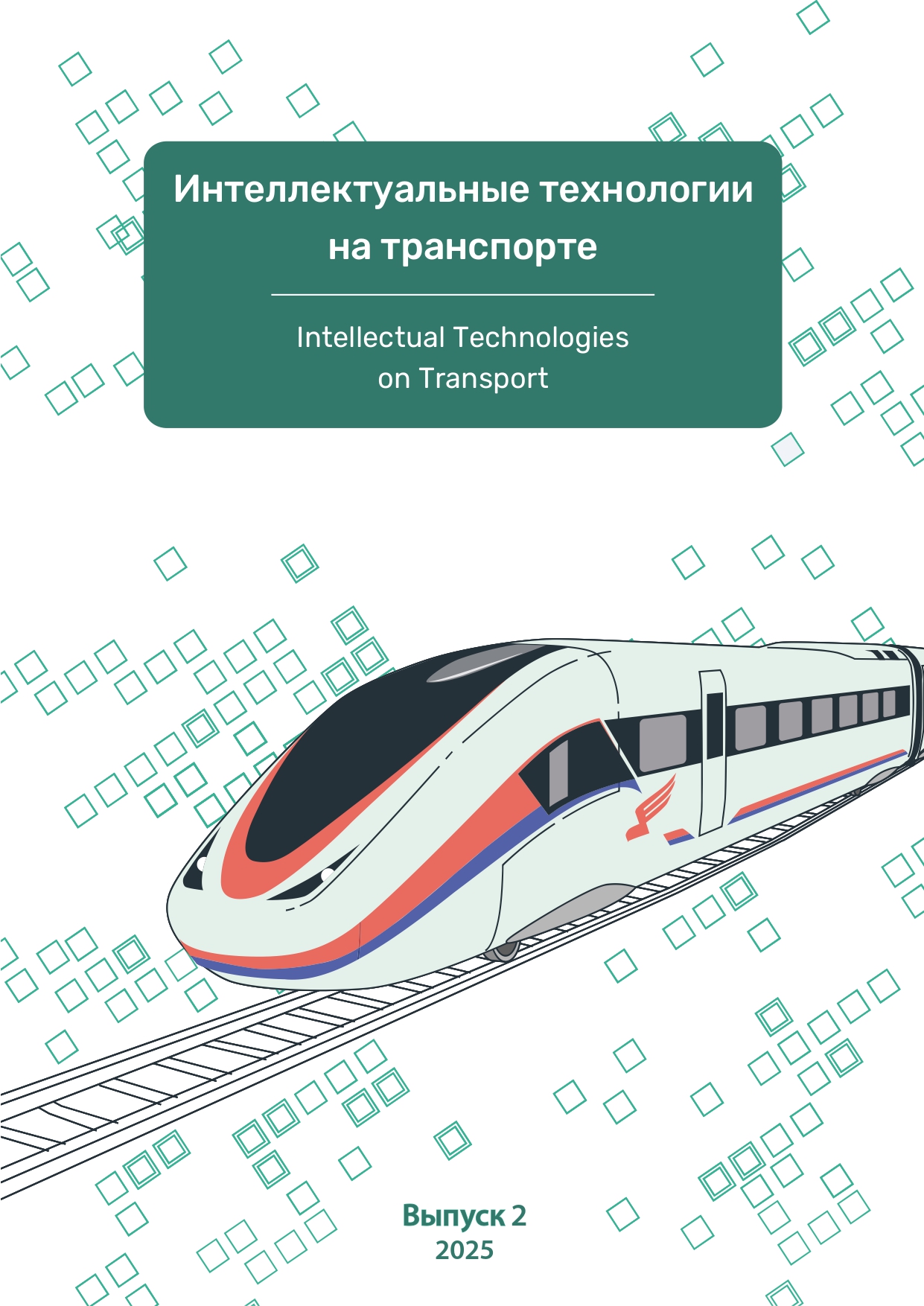Russian Federation
VAK Russia 1.2.1
UDC 621.3.027
The following paper sets out a simulation model of the method of ice thickness measurement on railway contact wires. The method is based on the asynchronous heating of two sensitive elements (SE) with a time difference between the switching on of each element. The determination of ice thickness is achieved through the analysis of the duration of the phase transition of ice into water. Methods: the classical theory of thermal conductivity was used in the construction of the heat transfer equation. A software model was implemented in the MATLAB environment, and calculations were performed of the dependence of melting time on heater power and ambient temperature. The paper presents the results of the modelling, the scientific novelty of the method and its practical application. Purpose: to develop a simulation model of a method for asynchronously determining the thickness of ice on the surface of contact wires. This methodology enables the calculation of ice thickness, incorporating the impact of external factors such as ambient temperature and heater power. The approach involves the development of a software model and the validation of this model through numerical experimentation. Practical significance: the utilization of simulation software facilitates the modelled operation of a sensor designed for the detection of ice or snow on a controlled surface, thereby offering the potential to address numerous scientific and practical issues.
simulation model, asynchronous method, ice thickness determination, contact wire, phase transition
1. Barausov V. A., Grigorev P. V., Semenov A. G. Sposob i ustroystvo opredeleniya tolshchiny lda na rabochey poverkhnosti datchika obledeneniya [Method and Device for Determining Ice Thickness on the Working Surface of Ice-Formation Sensor], patent RU No. 2763473, published at December 29, 2021, 21 p. (In Russian)
2. Heyun L., Xiaosong G., Wenbin T. Icing and Anti-Icing of Railway Contact Wires. In: Perpiñà X. (ed.) Reliability and Safety in Railway. Rijeka, Intech Open, 2019, Pp. 295–314. DOI:https://doi.org/10.5772/37141.
3. Lykov A. V. Teoriya teploprovodnosti: uchebnoe posobie [Theory of thermal conductivity: a tutorial]. Moscow, Vysshaya Shkola Publishing House, 1967, 599 p. (In Russian)
4. Farzaneh M. (ed.) Atmospheric Icing of Power Networks. Dordrecht, Springer, 2008, 397 p. DOI:https://doi.org/10.1007/978-1-4020-8531-4.
5. Shilin A. N., Dementyev S. S. Povyshenie nadezhnosti funktsionirovaniya vozdushnykh liniy elektroperedachi v gololednyy period: monografiya [Improving the reliability of overhead power lines during icy periods: monograph]. Stary Oskol, Tonkie Naukoemkie Tekhnologii Publishing House, 2023, 180 p. (In Russian)
6. Deryugin V. V., Vasilyev V. F., Ulyasheva V. M. Teplomassoobmen: uchebnoe posobie [Heat and Mass Transfer: a tutorial]. Saint Petersburg, LAN Publishing House, 2023, 240 p. (In Russian)
7. Moler C. B. Numerical Computing with MATLAB. Revised Reprint. Philadelphia, Society for Industrial and Applied Mathematics, 2008, 348 p.










